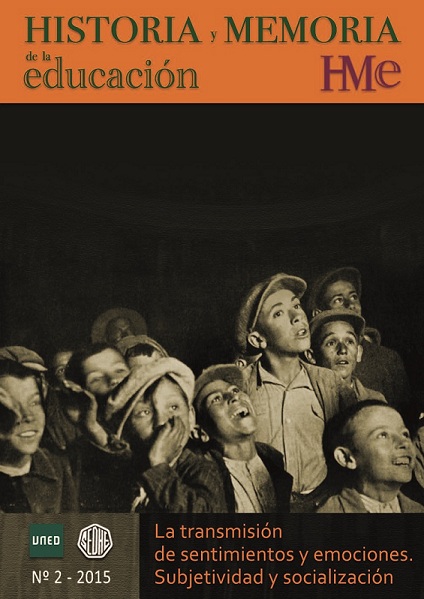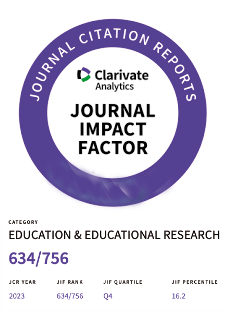The Management of Fear by the Spanish Catholic Church in the Textbooks of Religion: Changes and Continuities resulting from the Second Vatican Council
DOI:
https://doi.org/10.5944/hme.2.2015.14267Keywords:
Natural fears, Induced fears, Spanish Catholic Church, Textbooks of Catholic ReligionAbstract
This article uses ecclesiastical records and textbooks of Religion to make comparisons regarding the way in which the Spanish Catholic Church administered the emotion of fear before and after Vatican Council II. We see evidence of the erosion of natural fears: epidemics, hunger, war... (the humanization of God does not seem compatible with his anger), of scatological fears, where the sensory elements of fear weigh most heavily (the repoliticization of the Catholic religion increasingly puts fear in more profane places), or even the fear of the non-Catholic other (ecumenism). But the texts also corroborate, especially in the neo-integrationist Church manuals, the perseverance of other induced fears, where the cognitive elements of fear are clearly imposed: fear of the secularization of science and of thought, of the loss of the Church’s influence in society, of the reforms coming from Vatican Council II, of the theology of liberation, of secularism or of the loss of the state protection that the Spanish Catholic Church had always enjoyed. As a result we find it contentious to state, as some authors do, that the Vatican Council II signaled a change from a Stateoriented institution to a society-oriented one.
Downloads
Downloads
Published
How to Cite
Issue
Section
License
Authors who publish in Historia y Memoria de la Educación agree to the following terms:
- Authors retain copyright and grant the journal right of first publication with the work simultaneously licensed under a Creative Commons Attribution-NonCommercial 4.0 International that allows others to share the work with an acknowledgement of the work's authorship and initial publication in this journal.
- Authors are able to enter into separate, additional contractual arrangements for the non-exclusive distribution of the journal's published version of the work (e.g., post it to an institutional repository or publish it in a book), with an acknowledgement of its initial publication in this journal.
- Authors are permitted and encouraged to post their work online (e.g., in institutional repositories or on their website) prior to and during the submission process, as it can lead to productive exchanges, as well as earlier and greater citation of published work (See The Effect of Open Access).










